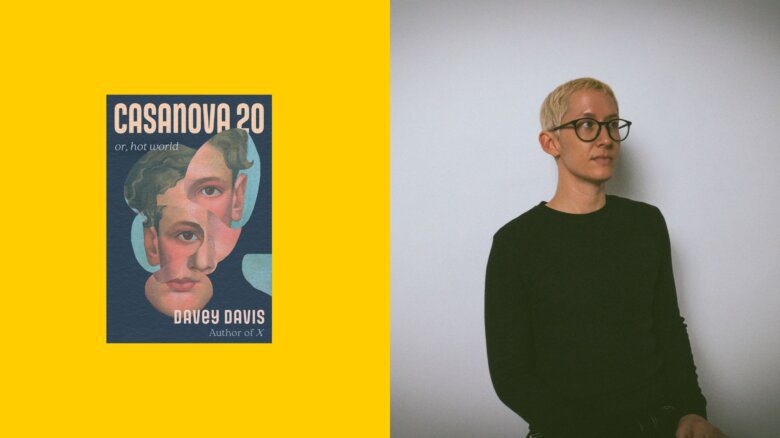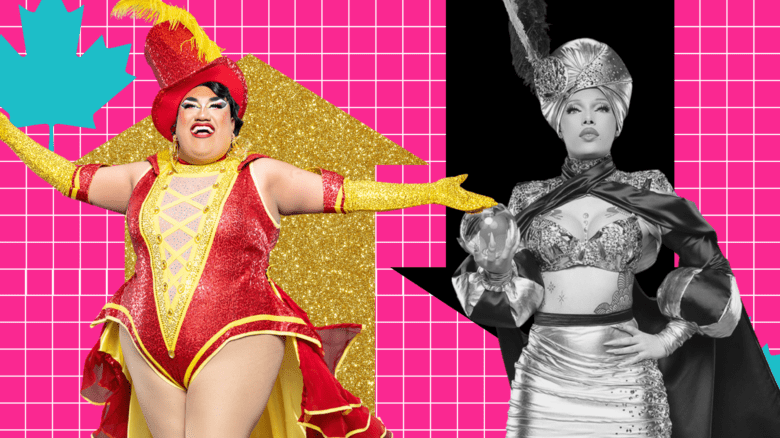I walked into a bar last summer and they were playing “YMCA.” Admittedly it was retro night and I should have known better but, really, in 2007? It was a one-note novelty number when it first appeared in 1978 and it hasn’t got any better since. Straights aren’t playing Tiny Tim and “Tiptoe through the Tulips” anymore. Why are we recycling the Village People?
Nothing signals the gay world’s creative exhaustion better than retro. It pretty much says, “We can’t think of anything new to play so we’re going to play you something old and reliable.” Most pop songs are very much of their time and play well only in that time. Even the great pop standards from the golden age of Tin Pan Alley are seldom heard today except as jazz recompositions.
Yet we here in the ghetto continue to be bombarded by old dance tunes, plus a lot of new stuff that sounds an awful lot like the old stuff except that it’s been put through the DJ mixmaster until it’s pure beat, wrung free of any soul. (Sometimes I think one of the key reasons people show up for drag shows is that it’s one of the few times they get to hear their favourite songs more or less undiluted.)
I hesitate to talk about music in bars. It’s such an open and shut matter of personal taste. But outside of the crowd itself nothing affects the vibe of a bar more. On any given night it can mean the difference between sexiness and sloth.
I saw a sign the other night trumpeting the “Church St revival.” Well, there’s not going to be much of a revival unless you change the music.
Just as music has become more disparate and personalized, with everyone dancing to the beat of their own personal noisemaker, the bars have become more homogenous. And, just as the gay scene itself is splintering, throwing up a thousand different offshoots on Queen West and elsewhere, Church St seems to be getting more and more monolithic. It’s a department store in a boutique world _ trying to please everyone in world where everyone wants to be different.
One night last summer I wandered through three different bars and heard three different mixes of Rihanna’s “Umbrella” and they were all boring in exactly the same way. Church St doesn’t even play obvious gay material like The Hidden Cameras or Rufus Wainwright (check out his version of “The Man that Got Away” on his new DVD). These days the most eccentric thing you’re likely to hear on Church St is a Spanish remake of some ancient club anthem.
Even when the song is different the beat is the same mechanized thump, thump, thump. It gets to the point where you’re grateful for a bit of hip hop, if only for the rhythmic variety.
I have the same problem with Proud FM. The first two days it was on the air I loved it. The high-energy dance music reminded me of my long lost gay childhood and the way bars used to be and I danced around the apartment lost in a haze of nostalgia. But I quickly lost interest and now I can’t listen to it because it always sounds exactly the same _ overpumped, like a gum-chewing muscle guy.
In part the monotony has nothing to do with the play list. A recent Rolling Stone article says a lot of contemporary music sounds shitty because it’s mastered too loudly. It works really well on tinny MP3 players but lacks the sonic variety that makes for good listening.
Leaving aside the merits of having your bones bulldozed by bass, the scene could use a few more varieties of music and it’s not like it’s not freely available.
One day I walked into Soundscapes, the hip music store on College, and before I knew it I’d spent a couple of hours wandering from one listening station to the next. Each one was playing something different _ the Weakerthans, Sharon Jones and the Dap-Kings _ and it was all different styles and genres. It’s not like I need a steady diet of any of this stuff but it was nice to be introduced to it. Lord knows I walked off with my first hip-hop CD because of it.
Sometimes I wish the bars were a little more like Soundscapes’ music stations, surprising the old eardrums every time I walk in the door.
Music in a bar is not exactly the same as music at home or in the concert hall. It’s more of a psychic suggestion than an aesthetic experience. It’s the fourth wall of the bar, providing emotional hints on how you’re supposed to behave. That’s why the music’s usually upbeat, because that’s the way you’re supposed to act. Like you’re having fun.
But some days you want to slouch and some days you want to grouch and sometimes you want to slink, slowly, through the nighttime streets. The music ought to reflect that.
 Why you can trust Xtra
Why you can trust Xtra


